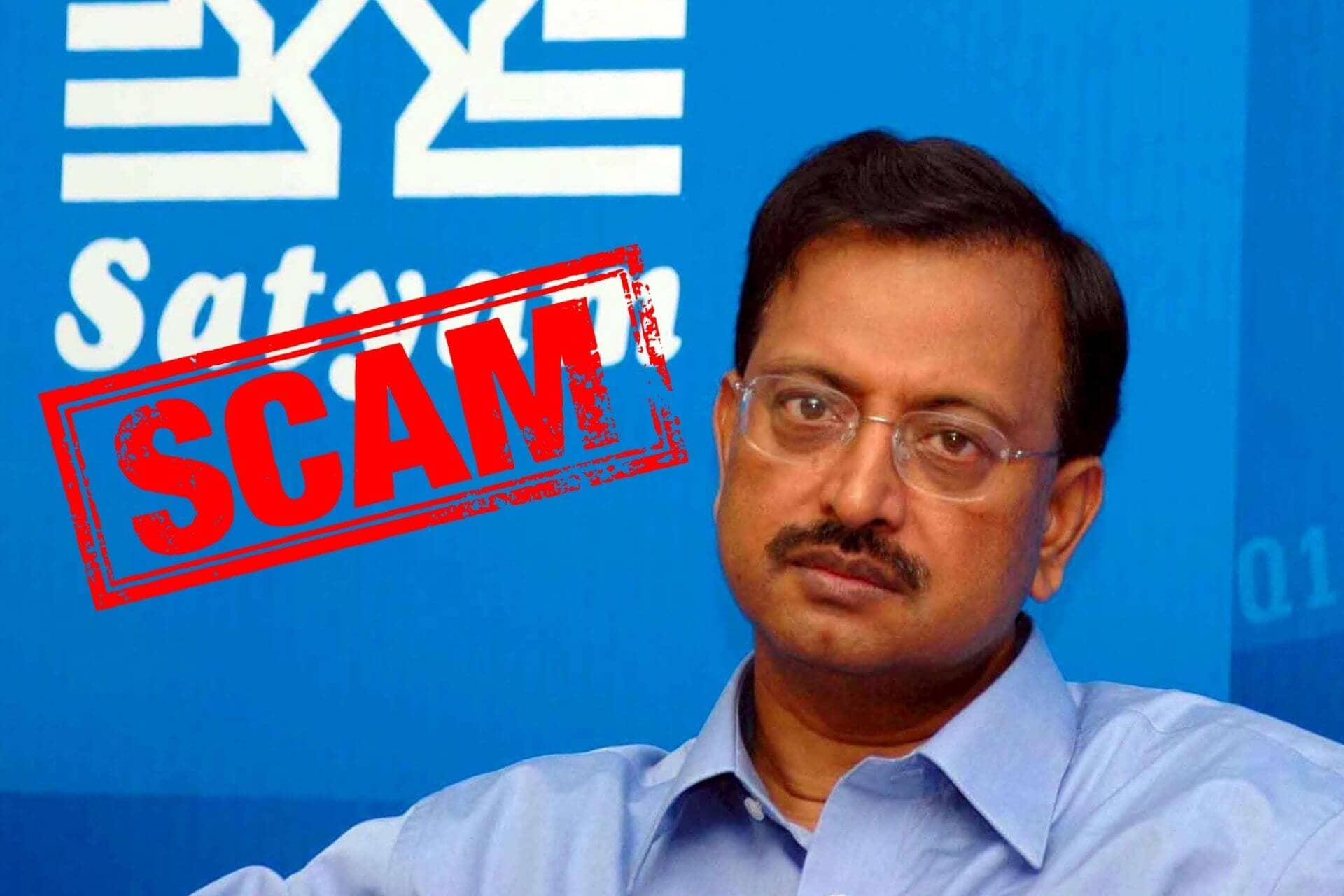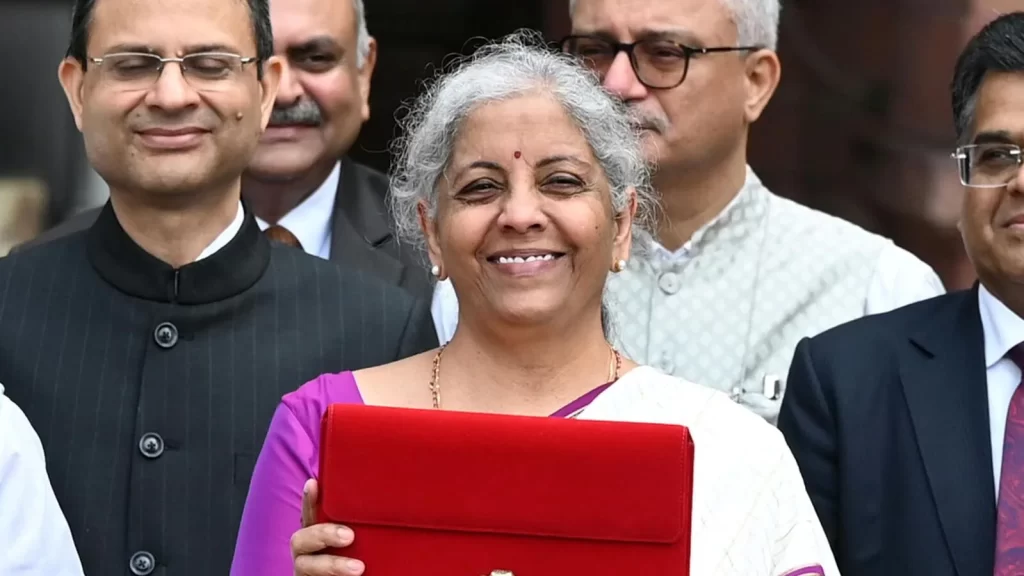M/S Satyam Computer Services Limited, which was once among the big four IT firms in India, has portrayed its negative image worldwide due to the large scale fraud committed by the company. The scandal of Satyam Computer Services Ltd., is the biggest ever corporate scandal in India amounting to Rs.7, 000 crore, and has been dubbed by the media as ‘India’s Enron’. M/s Satyam Computer Services Ltd. was an Indian IT services company based in Hyderabad, India.
It was established as a Private Company on 24th June, 1987 by B. Ramalinga Raju and his brother-in-law, D.V.S Raju. In 1991, the IT services company was incorporated as a Public Limited company. The firm began its business with 20 employees and rapidly grew its business. The company had acquired 53000 employees and 500 companies as its customers. In a short span of time, it became a leading global consulting and IT services company, spanning 66 countries.
Moreover, the company was listed in various stock exchanges, both national and international such as, National Stock Exchange, Bombay Stock Exchange, New York Stock Exchange and others.

Satyam won numerous awards for innovation, governance and corporate accountability. To mention a few of them-
In 1996, Satyam Computer Services Ltd. has been selected by the Switzerland-based World Economic Forum and World Link Magazine as one of the India’s most remarkable and rapidly growing entrepreneurial companies.
In the year 2000, the company received the National Human Resource Development Award- 2000 for outstanding contribution to HRD.
In the year 2007, Mr. Ramalinga Raju was awarded ‘Entrepreneur of the year’ by Ernst & Young.
In September 2008, the world council for Corporate Governance awarded Satyam with the ‘Global Peacock Award’ for global excellence in Corporate Accountability.
No one had ever predicted that a growing and successful company as this would become the centrepiece of a ‘massive’ accounting fraud.
The Satyam scandal was the most ‘creative’ accounting scandal which was brought into light on 7th January, 2009 when Mr. Ramalinga Raju submitted a letter to BSE, confessing the fraud that was committed by him since 2004-05.
On 16th December, 2008, Mr. Raju acquired 2 groups named Maytas properties and Maytas Infra, which were owned by his sons. Although the acquisition was not a profitable one for the investors, but still it was done in order to fill up the gap in the balance sheet. Therefore, the other investors opposed his decision of using the company’s money for his own family business.
Another reason for this acquisition could be to hide the irregularities in the Company’s accounts. Since Mr. Raju had falsified accounts by raising cash that did not exist, created bills for non rendered services and this had led to rise in the operating profits sharply. In the confession letter to the Board of Directors of Satyam Computers Ltd., Mr. Raju disclosed that he has been manipulating the company’s accounts for a number of years.
To be able to do that, they forged Fixed Deposit Receipts of various scheduled banks on forged letterheads of banks along with monthly bank statements. Besides, the sales were also inflated by creating 7561 sales invoices. In 18 quarters, starting Q1 2004-05 to Q2 2008-09, the sales were inflated to the tune of Rs.4,257 crore.
In the letter, Mr. Raju disclosed that the Balance Sheet as on September 30, 2008 carries
-Inflated cash and bank balances of Rs.5, 040 crore as against the reported profit of Rs.5, 361 crore.
-Accrued interest of Rs.376 crore, which is non-existent
-Understated liability of $1.23 billion
-Debtors were overstated by Rs.490 crore as against reported debtors of Rs.2,651 crore.
-The revenue reported for Q2 (September quarter) was Rs.2700 crore and the operating profit was Rs.649 crore (24% of revenue) as against actual revenue of Rs.2, 112 crore and an actual operating margin of Rs.61 crore (3% of revenue). Such manipulation of accounts was done in order to attract prospective investors and shareholders and to get loans from the banks.
Moreover, the difference in reported profits and actual profits was further accentuated by the fact that company had to carry additional resources and assets in order to justify higher level of operations- thereby significantly increasing the costs. Mr. Raju stated in the letter, “It was like riding a tiger, not knowing how to get off without being eaten”. He even confessed that the Maytas acquisition was an attempt to fill the fictitious assets with real ones.
On the same day Mr. Ramalinga Raju resigned from his post as the Chairman of Satyam Computer Services Ltd. On 11th January, 2009 Mr. Raju was taken in judicial custody. Price water Coopers audited Satyam’s books from June 2000 until the discovery of the fraud in 2009. The Satyam fraud went on for a number of years and every time the company needed money, it created ‘fictitious’ sources and it did so numerous times.
Among the 10 convicts who were found guilty of forging accounts, were two Price water Cooper’s auditors Subramani Gopalakrishnan and T Srinivas. As an individual of reasonable intelligence, one can understand that PwC was involved in the scam because of the fact that PwC, who audited the company’s accounts for nearly 9 years, cannot uncover the fraud, whereas Merril Lynch discovered the fraud as part of its due diligence in merely 10 days.

Consequences-
The government formed a Board of three, namely C Achuthan, Deepak Parekh and Kiran Karnik, in order to take over the affairs of Satyam. Deloitte and KPMG were appointed to assist the Board in the restatement of accounts. On 12th January, 2009 Mr. Raju was charged with several offences like cheating, forgery, falsification of records, criminal conspiracy and breach of trust. This was not the end. In February 2009, CBI took over the investigation and filed 3 partial charge sheets against Raju (7th April, 2009; 24th November, 2009 and 7th January, 2010). Later on it was merged into a single charge sheet.
On 13th July, 2009, Tech Mahindra acquired Satyam by purchasing 51% stake in the company in order to prevent it from collapse. On 8th December, 2008, Raju along with 3 other culprits were sentenced to 6 months imprisonment by SFIO.
Being the mastermind behind the Satyam Scandal, Mr. Ramalinga Raju and 9 others were sentenced to 7 years of imprisonment on April 9, 2015 after being found guilty. Moreover, he was charged with a fine of Rs.5 crore, while the 9 other culprits were fined Rs.25 lakhs each. The Indian arm of PwC was fined $6 million by the SEC (US Securities and Exchange Commission) for not following code of ethics and Standards on Auditing.
There was a huge negative impact on the share prices of the company. On the date of revelation itself, the share prices dropped to 39.95 INR as against 300.10 INR in the morning of 7th January, 2009. Moreover, after the Satyam fiasco and the PwC acts, the investors became wary of those companies who were the customer of PwC, due to which the share prices of such companies declined by 5-15%.
Deals made with Bank of America (then Merrill Lynch) decided to end their engagements. The NYSE decided to stop trading in Satyam’s stock and the Indian Stock Exchange also decided to remove Satyam stock from one’s of its index.
The Satyam scandal has brought to light the importance of ethics and its relevance to corporate culture. The fraud committed by founders of Satyam is a testament of the fact that ‘science of conduct’ is swayed by human greed, ambition, hunger for power and money and so on. It is because of this scandal the SEBI has made the laws stringent on corporate governance. Moreover, SEBI proposed creating a law that provides whistle blowers with protection for reporting fraudulent activity. Lastly, the laws on corporate governance should be implemented and enforced vigorously to curb “white- collar crimes”.
Written by- Rajshree Kundalia




